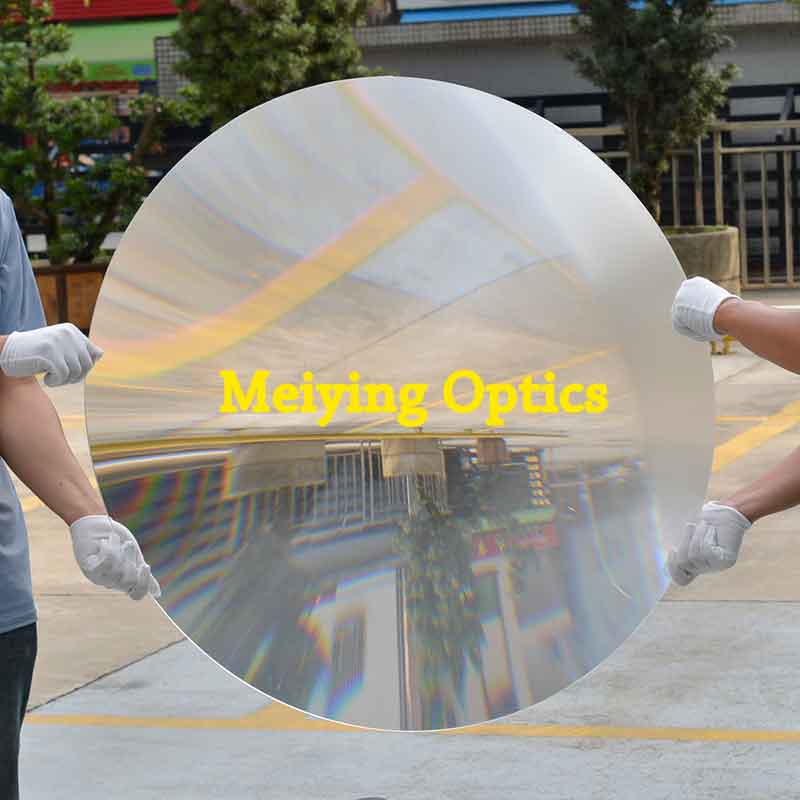While French physicist Augustin-Jean
Fresnel (1788 - 1827) was not the first to conceptualize a Fresnel lens, he was
able to popularize it by integrating it into lighthouses. Since then, Fresnel
lenses have been utilized in a variety of applications, from light collimation
and light collection to magnification.
Light Collimation
A Fresnel lens can easily collimate a point
source by placing it one focal length away from the source. In a
finite-conjugate system, the grooved side of the Fresnel lens should face the
longer conjugate,because this produces the best performance.

Light Collection
One of the most common applications for a
Fresnel lens is the collection of solar light, which is considered very nearly
parallel (an infinite-conjugate system). Using a Fresnel lens for light
collection is ideal for concentrating light onto a photovoltaic cell or to heat
a surface. For example, a Fresnel lens can be used for popular home maintenance
such as heating a home or pool! In these cases, the overall surface area of the
lens determines the amount of collected light.

Magnification
Another common application for a Fresnel
lens is magnification. It can be used as a magnifier or projection lens;
however, due to the high level of distortion, this is not recommended. Also,
the image quality does not compare to that of a higher-precision system given
the amount of distortion.
While commonly found in solar applications,
Fresnel lenses are ideal for any application requiring inexpensive, thin,
lightweight positive lens elements. Fresnel lenses are not new technology, but
their pervasiveness has increased with improvements in manufacturing techniques
and materials. Fresnel lenses are truly unique optical lenses which make them a
great tool for a range of interesting and fun optical designs.

